#but the way the mountains and rock formations are layered and textured and the contrast between full dark and sunset or sunrise
Explore tagged Tumblr posts
Text
something fun

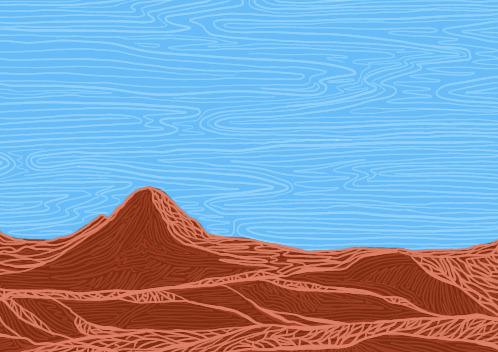
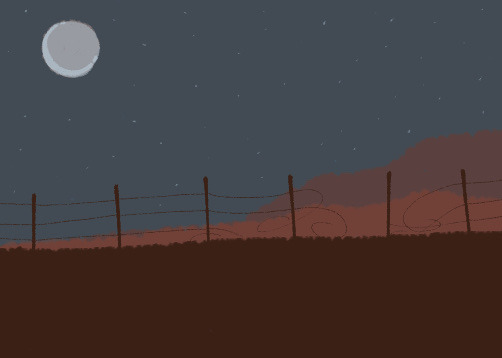
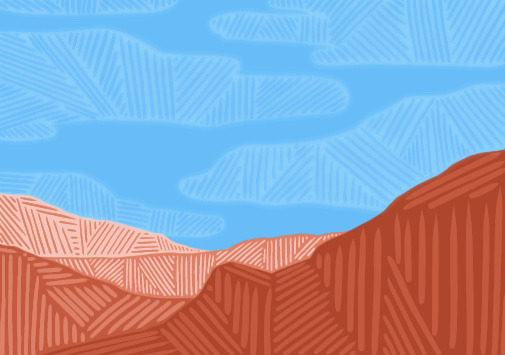

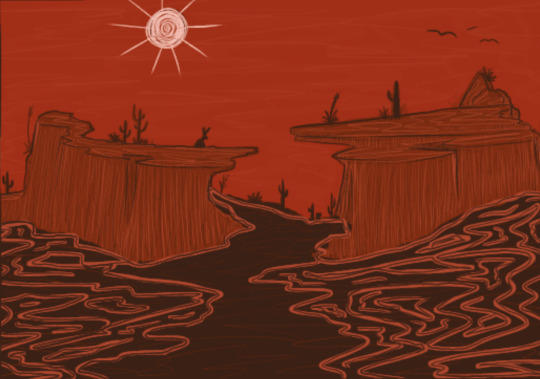
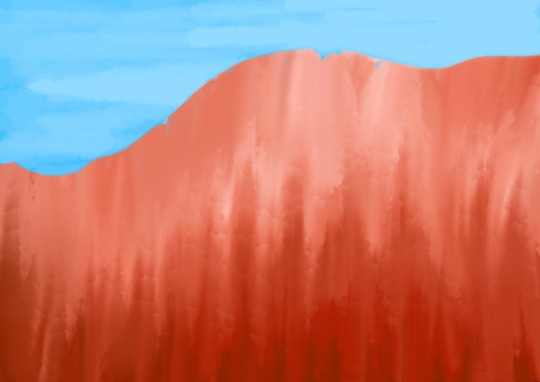
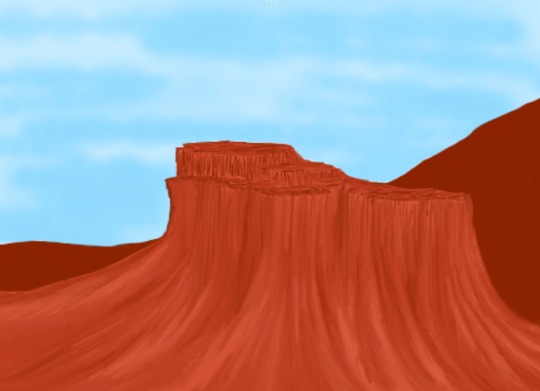
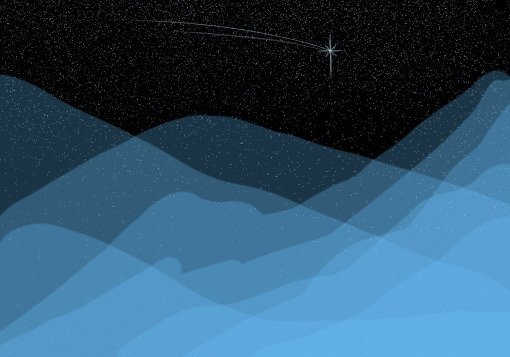
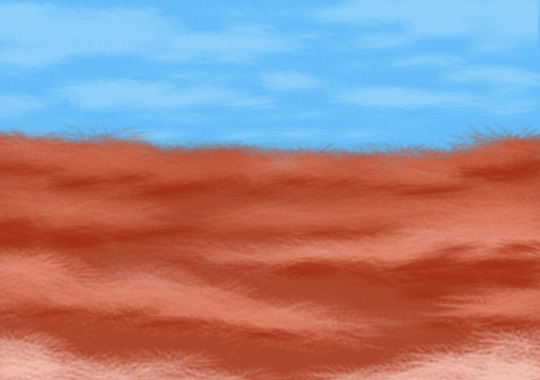
#not perfect#not supposed to be#just for fun#and to learn#my doodles#my art#desert rat at heart#red roc is so so pretty#it’s actually insane#how beautiful the desert can be#and not just the sunsets#though they are spectacular#but the way the mountains and rock formations are layered and textured and the contrast between full dark and sunset or sunrise#and the plants and the colors#beauty everywhere#I love this time of year because all the wildflowers start blooming and it’s incredible#!!!#kinda pissed that tumblr just downgraded the quality by like 900% tho :/
1 note
·
View note
Text
Term two: workshop week
Aims and objects
My two paintings I’ve chosen to put forward
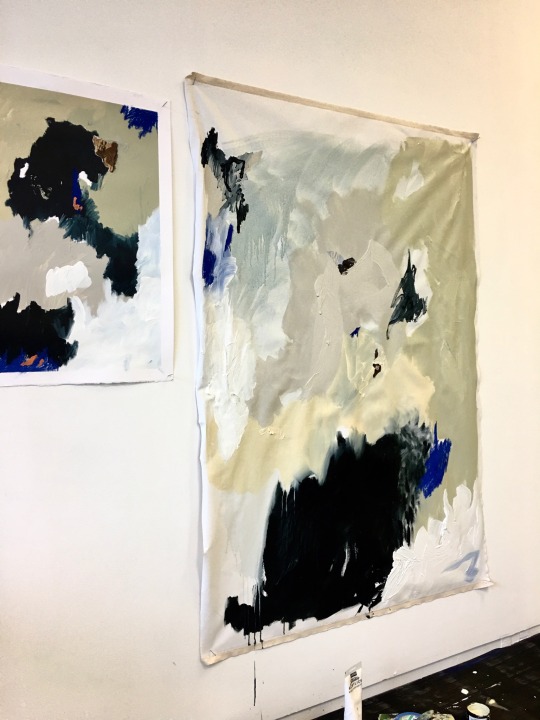
The critique style I’ve chosen for my CRIT is number two. Targeted problem-solving - think about and clarify the areas you are struggling with the most.
-how can I best work with this idea?
-Describe your problems
-what options can participants imagine for resolving a particular problem
My questions as well for the CRIT is:
- how do you find the scale? Am I best to stay a smaller scale or go head with larger scale?
-Do I stretch the canvas?
- what are some of the problems you see?
- do I stick with the colour tones?
Statement:
I am someone who responds emotionally with my environments. As an a artist I visually observe my surroundings by responding through abstraction and using colour. By doing this I layer wet paint and introduce small and large gestural movements.
Therefore I am an artist who narrates a story with the viewer and creates a vivid experience for the viewer to walk away feeling a sense of emotion. I will be Looking at Andreas Erikson an artist who responds to his natural surroundings, for me being the viewer observe his work then depict it to our own understanding. As an artist I would be interested in exploring this within my work.
Andreas Erickson and Jean-Baptitste Besancon are two artists I feel best relate too. Both seem to paint truthfully, by sharing there expressions of truth with their paintings. Its an personal experience, as the viewer I'm guided by their paintings by they're use of shapes, dynamism and colors. In a way a part of me relates to them with the paintings they produce.
Spirituality and memory is where I explore as an artist I'm interested with working with materials such as paint, texture, gestural movements and color that best envision my work in a spiritual sense of memory of emotion. By doing this I will explore using tones that best represents my old and new surroundings, I will be focusing on texture and lines that will work well with these surroundings.
By doing this I will be observing how my emotions relate to my surroundings by documenting them down in an Abstract form by translating my vision throughout a Spiritual.
Feedback:
Elvis: scale- smaller layers are more visible under and over layer. Large scale is effective in transporting viewer to location. Felt like I was looking at photos of memories with the smaller one medium size not so effective.
Elvis: beige greys in relation to environment: beach and mountains. How important is that urban grey city quality to you?
Zoe: city and beach clash and will create a point of conflict within the paintings. Consideration of a narrative of works as a sequence.
Jill: the paintings will be more understanding if you focus on the paintings being beach = good, city = bad etc.
Exploring the opposites in harmony rather than conflict
Jill: series of work with different balances
Bijoux: contrast of light and dark as visual evocation of memory and location.
Elvis: position of works as well in relation to reading.
How I see my work progressing over the term:
After my CRIT I would like to explore maybe taking the city away and explore looking at the natural elements such as the west coast landscape. I would like to explore bringing in the line works I did previously last term.
I would like to start using a bit more colours that be represent the landscape. Bringing in gestural movements that best represent the west coast has. Such as waves, hills, rock formations and even moments within the sand and sun light.
• I would like produce a large amount of experiments and final works. That being in large scale and smaller scale. Using various materials such as canvas and bamboo paper, or cotton paper
• I would like to explore using the tones of colours I have used throughout term 1 that being blue, natural tones and tones that represent the urban life style.
• I will be exploring the texture on lines into my work and seeing what worked well last term. I would like to bring in balance as I feel that I do struggle with finding a certain balance and when to stop.
• I would also like to give myself time and reflect on each painting observe where it needs work and go back with fresh eyes
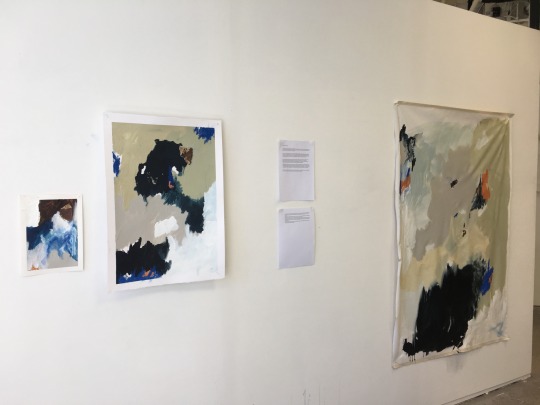
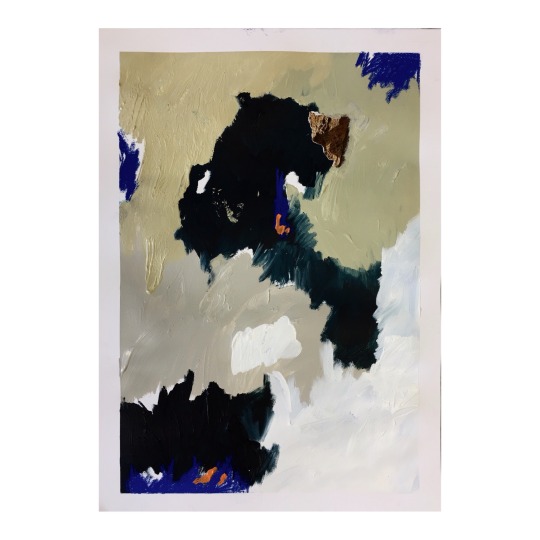
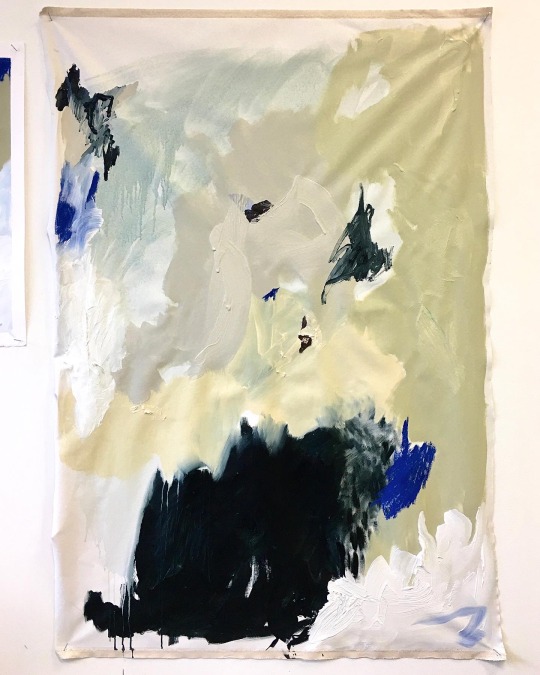
0 notes
Text
Final piece based on pitch
Developing my favourite idea
The idea that I have chosen to follow through with is the third idea as I think it’s not that similar to other projects I have done, unlike the other two ideas where I have used most of the techniques before and wouldn’t be learning a lot of new things.
To start, I created a mood board of different 3D environments that people have created to get a better idea on multiple things such as which surrounding climate I would prefer the piece to take place in, the appearance of the sky and the size of the mountains.
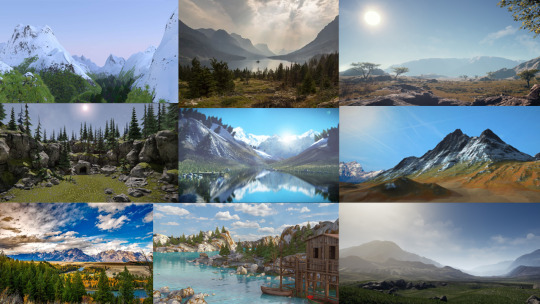
Creating a mood board for the potential main object which would be a spaceship. I decided a spaceship as I thought it would be interesting to animate as well as it’s more adventurous than the standard plane which could potentially look good but wouldn’t be as imaginative.
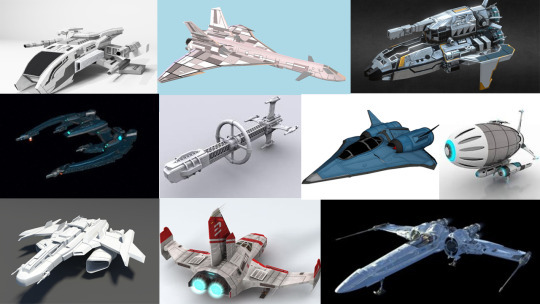
Sketching out different ship designs which could then suit as a good foundation for development.
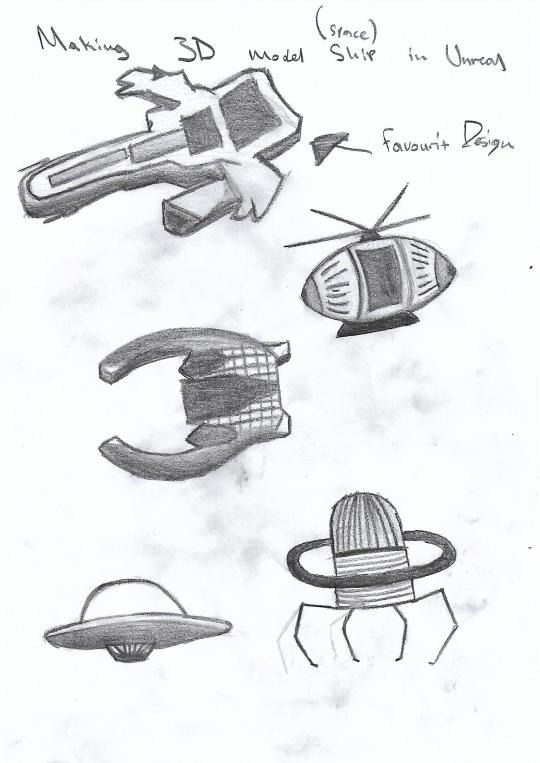
After choosing the ship design I liked the most out of my ideas I began to develop it.
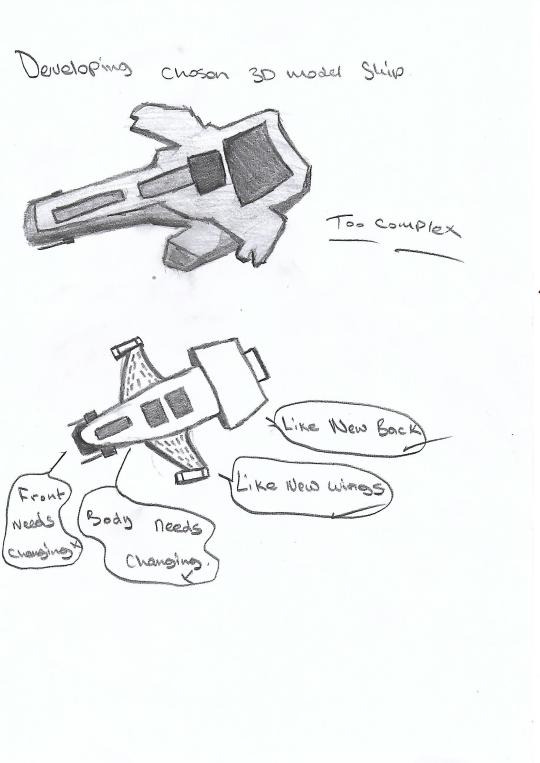
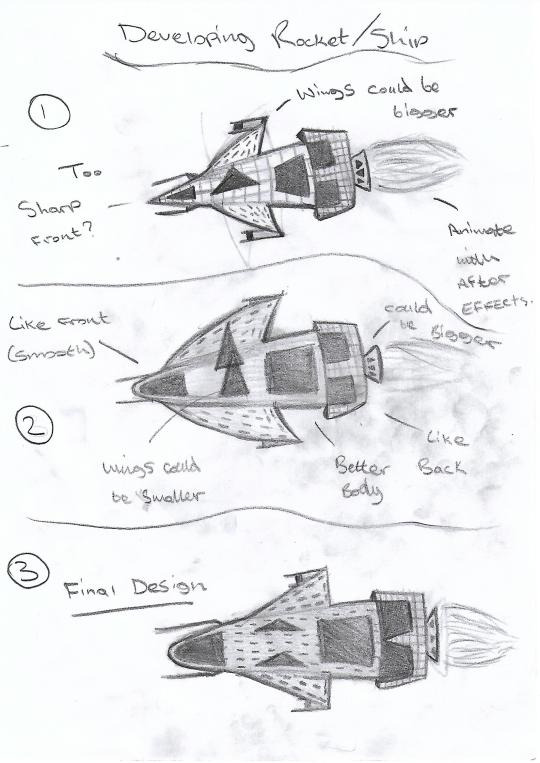
After coming up with a final design for the ship I sketched out the different perspectives as it would be created in a 3D environment.
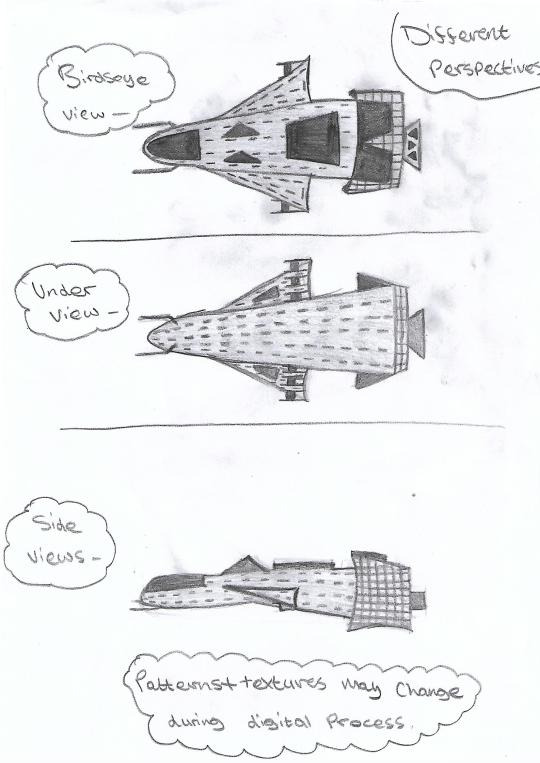
I then began to create the ship using Unreal Engine.
To start, geometry shapes were added and then edited using the geometry editor where each point of the 3D shape would have to be adjusted.

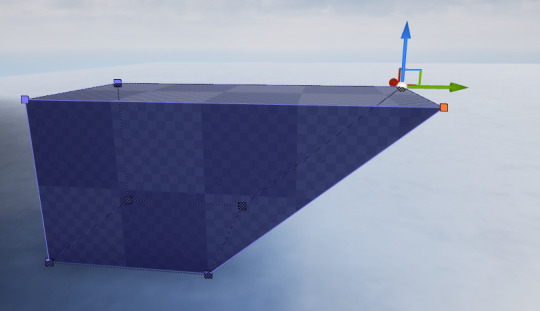
After the shape was completed I would select all of the faces.
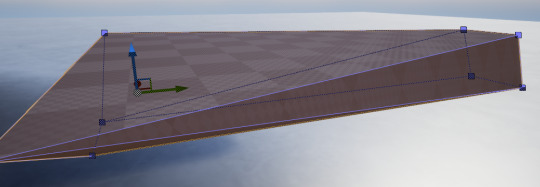
Then change the alignment settings to “Align Surface Planar” which would even out the surface so that when the material was added it wouldn’t appear stretched like the shape was.

After some of the shapes were created the materials were then changed to give me an idea as of to how the final ship would look like.
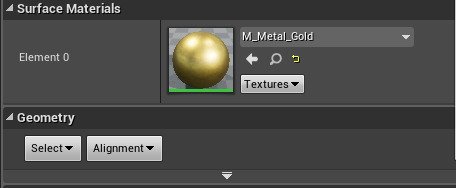
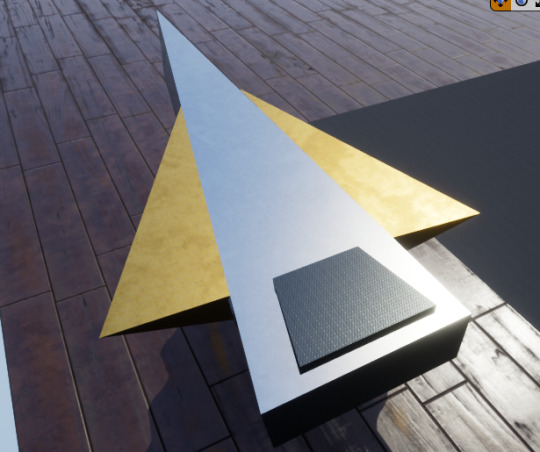
These materials were experimented with more until I found a style that I thought I could work with.

The rest of the ship was created using the same techniques with some added features that I thought would add interest.
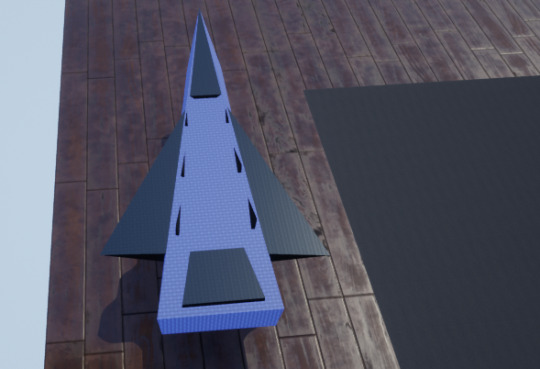
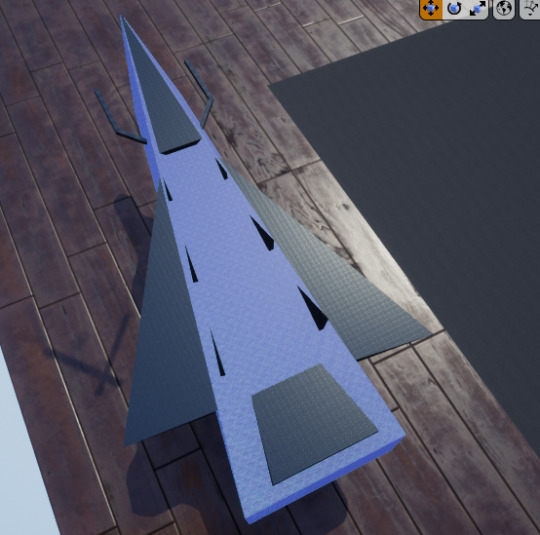
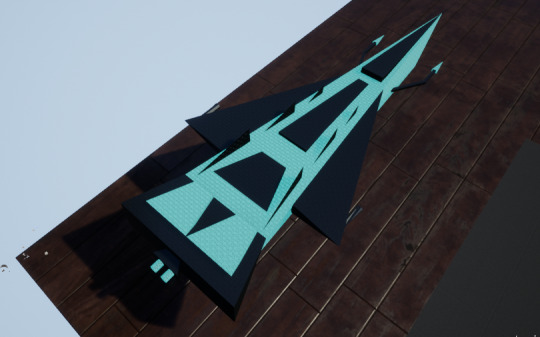
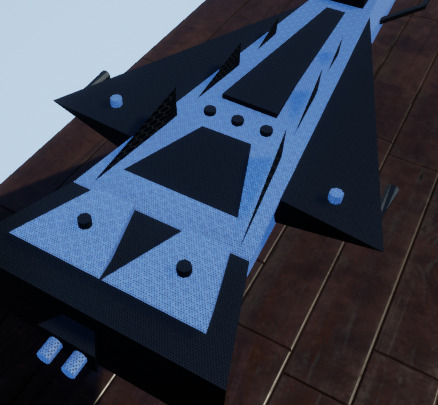
The ship shapes were then compiled into one static mesh for it to be exported as an OBJ and opened in Photoshop. This was done to experiment and create an even more realistic personalised material.
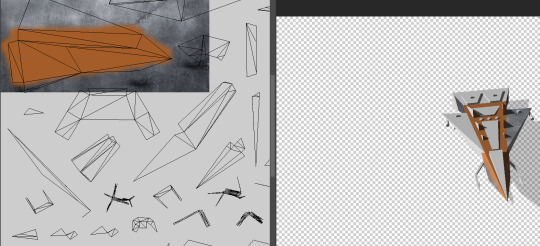
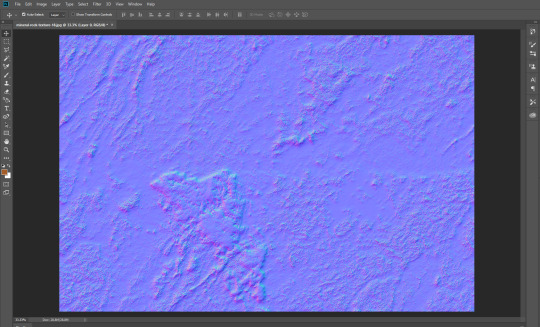
As I liked the ship how it was and time was running out I decided to begin working on my landscape. To start I had to create a basic flat landscape using the manage landscape settings.
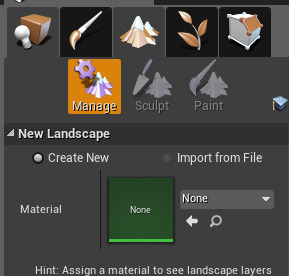

The sculpt and material tools were then used to build a simple mountain range.
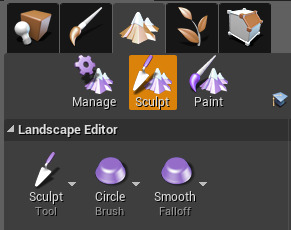
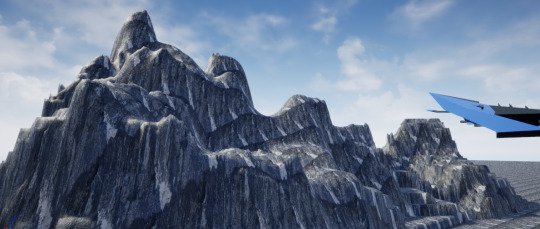
Whilst I was creating the landscape the ship colour didn’t fit in with the rest of the scene so I decided to create a mood board of different ships to change the colour to make it more believable.
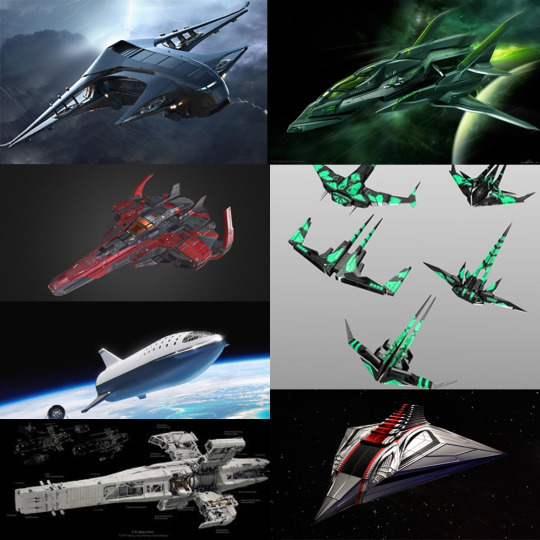
I noticed similar ships tended to include white and grey colours along with some elements of a more interesting colour such as red or blue.
I also looked up what the exterior of a standard spaceship is made out of so the material would look more realistic.
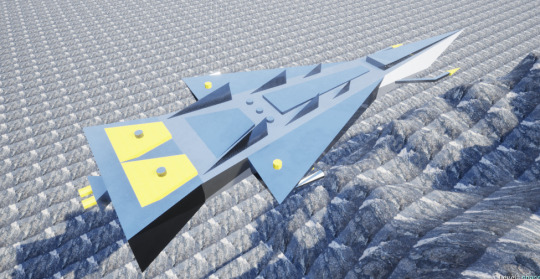
Comparing my digital ship to my drawings from different perspectives.
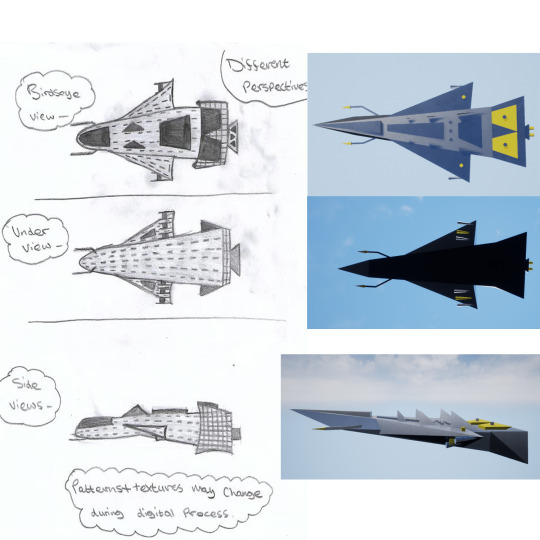
Overall the digital version looks more like an older idea which resembles too much of a jet fighter and less of a spaceship due to it’s pointed edges. However, since additional elements such as the objects coming out of the sides and from under the ship were added it still resembles something from the future to some degree which is what I was going for.
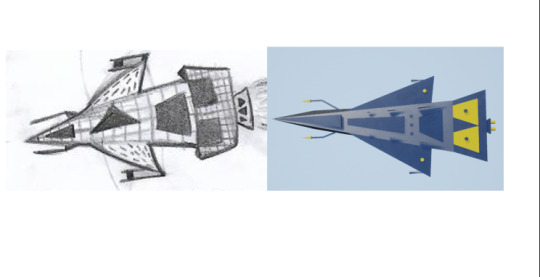
I thought about my idea more and thought that the scene would look better with more ships with one main ship standing out as this would look more interesting.
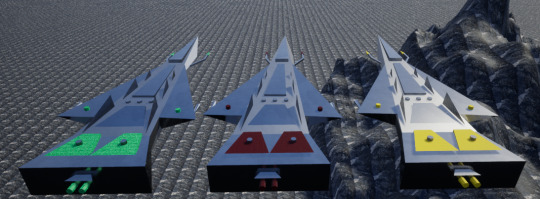
I changed the three other colours to red, white and blue as I think these three colours have really good contrast together.
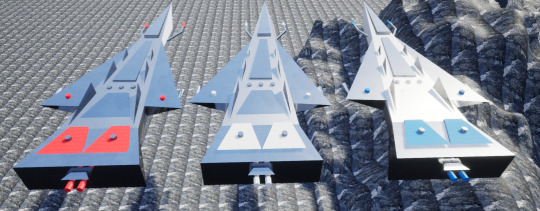
Creating metallic shine texture in Photoshop for my final ships.
By first finding an image, splitting it into four and rotating it, this was done by going to “Filter”, “Other” then “Offset” where I entered half the amount of the aspect ratios.
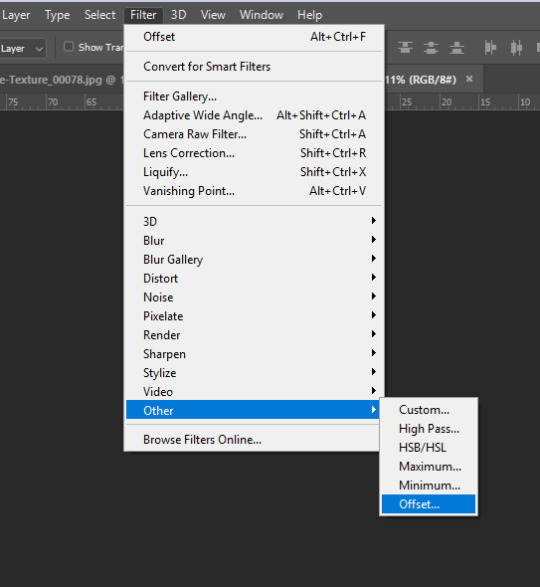
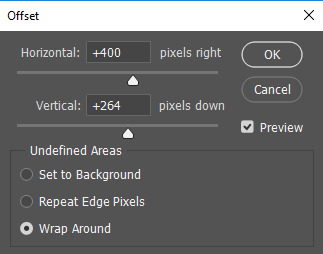
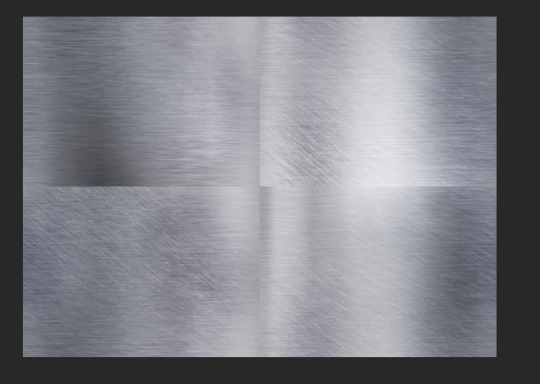
It was then blended using the spot healing brush to make the to be material seem seamless and wouldn’t be obvious that it was just the same image repeated.

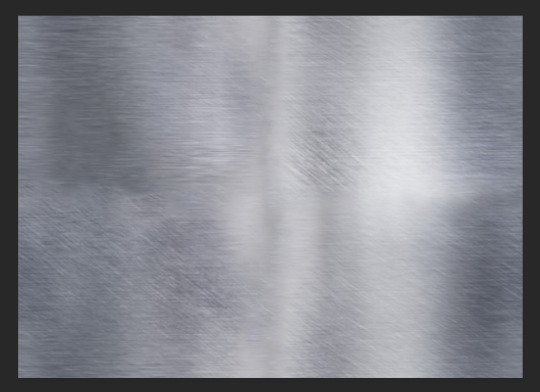
For my main ship, I decided to have half the ship be a gold material to emphasize that it’s more important than the other three.
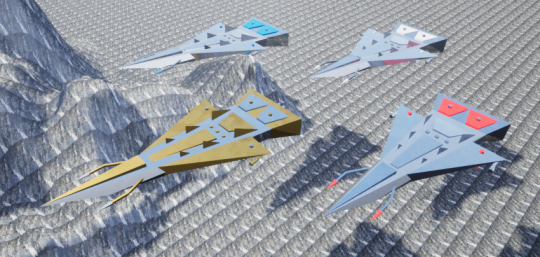
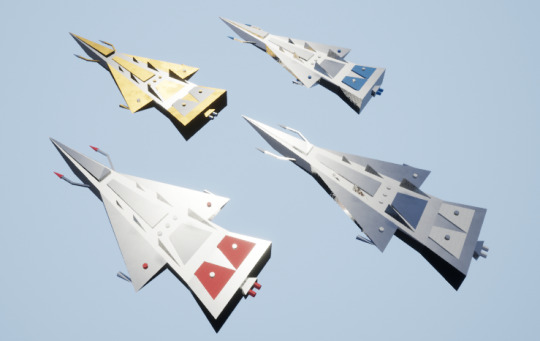
Changing other ship colours to all chrome to make the main ship stand out even more.

After I was satisfied with the final versions of the ships I continued working on my environment.

Adding streams created by sculpting out the landscape under a liquid materialised layer.
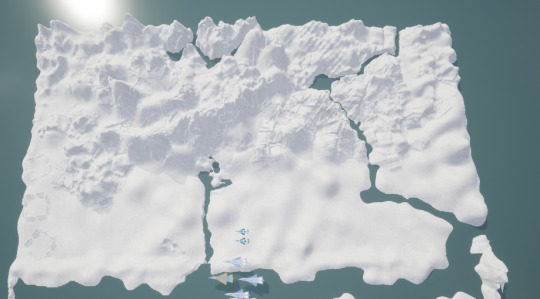
Was going to use a preset sky…
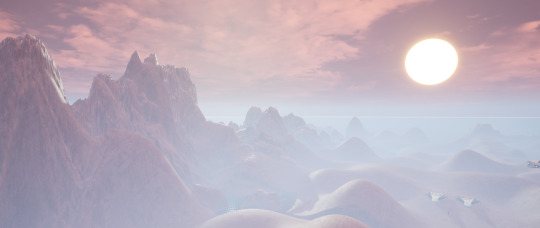
But decided against it as I didn’t see it as an asset which could be given to me if I were to do this in the VFX industry.
Instead, I tried to create a sky that I thought looked similar using the colour and cloud opacity settings.
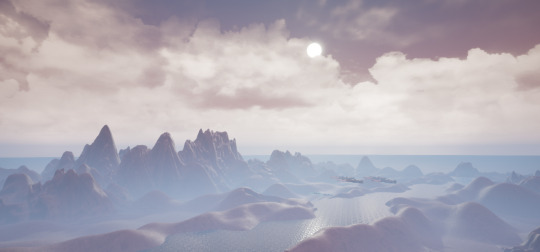

Following multiple tutorials then experimenting with creating materials to paint the landscape with.



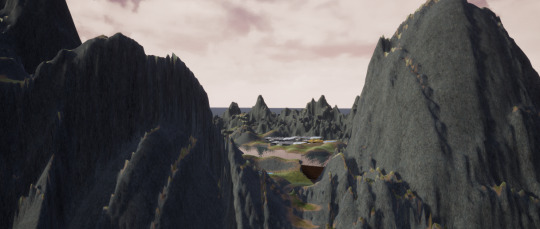

I then added rocks along the main stream using the foliage tool.
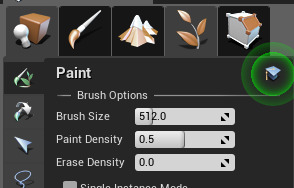
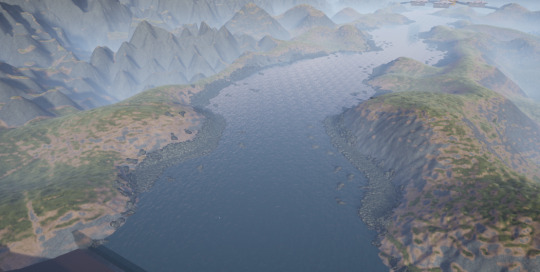
Although I didn’t create the rocks, the way they would be distributed wasn’t pre-set, unlike the sky plugin.
I also did this to add trees and grass.
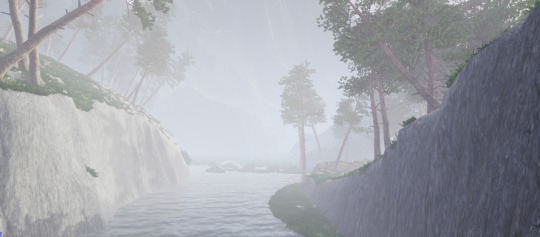

Creating a cabin asset in its own environment.
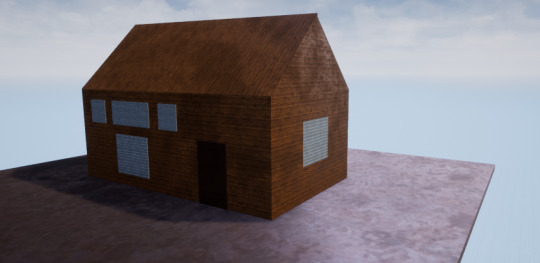
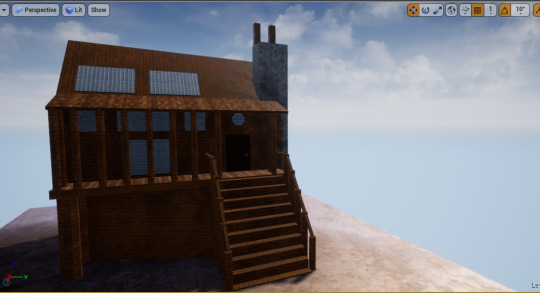
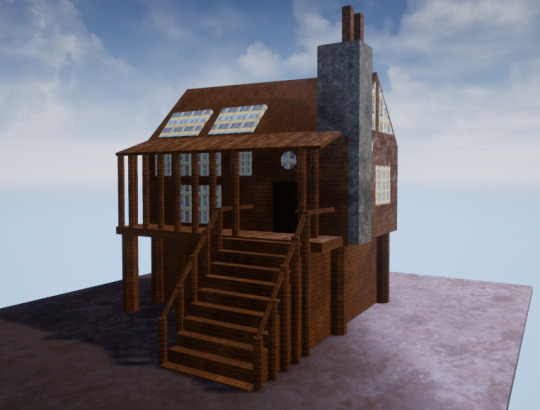
Then converting into a static mesh and importing into the mountainous environment.
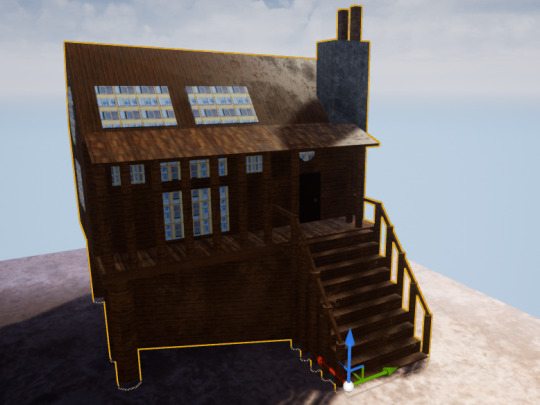
I decided to duplicate then recolour my imported cabin.
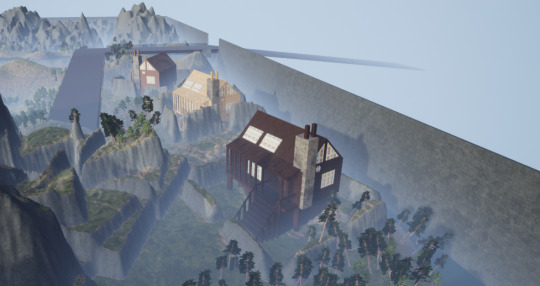
I noticed that the size was just too inaccurate after comparing them to the spaceship and the trees so I shrunk and duplicated them even more.
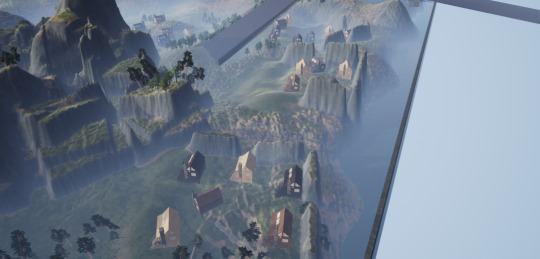
I thought that one side of the environment didn’t look effective as it was just mountainous like the other half and didn’t help add character to it. So, to fix this I thought I would stick with the surreal theme and try to create a castle design to be implemented.
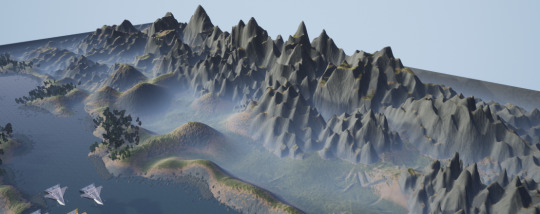
Creating a storyboard of different castles from 3D models and real life to influence and help design my own castle design.
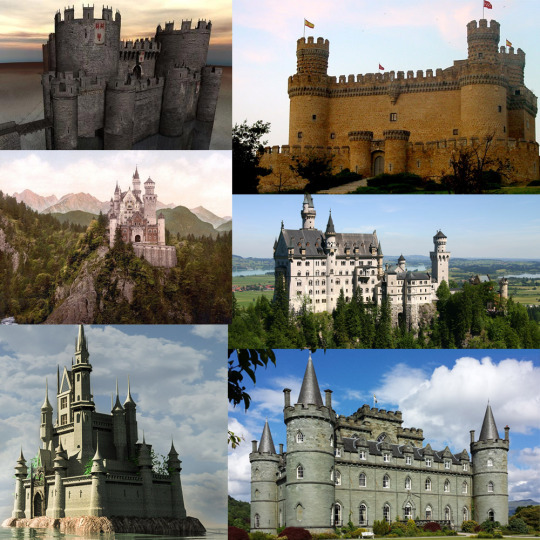
Sketching out some ideas of the castle which could work.
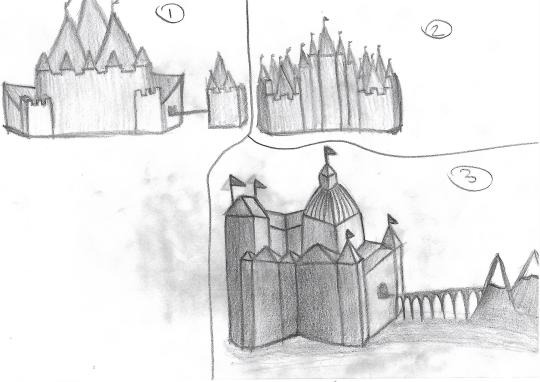

I decided to keep the design simple as I was still low on time.

Apart from the bridge, the castle was created using the same techniques as the cabin and the ship. The bridge was created by first creating a cuboid then adding cylinder shapes with the number of sides turned up and the brush type set to “Subtractive” which removed parts of the cuboid where the cylinder was placed.
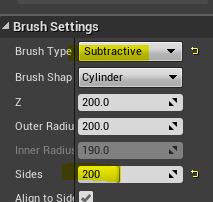
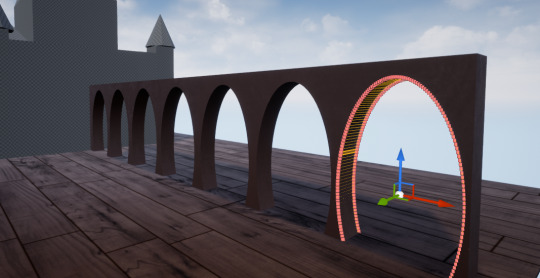
I didn’t like how uneven the castle looked or the colours which didn’t work together very well, so I experimented with the design until it looked somewhat decent.
Before -
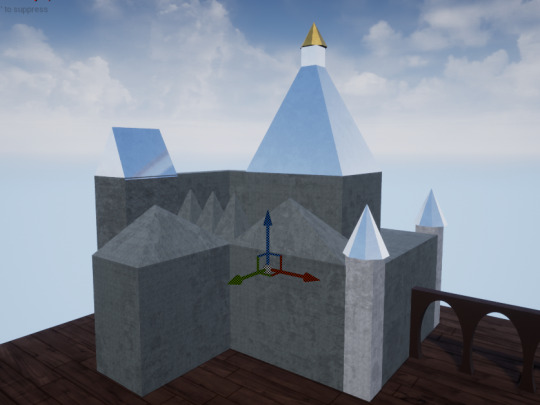
After -
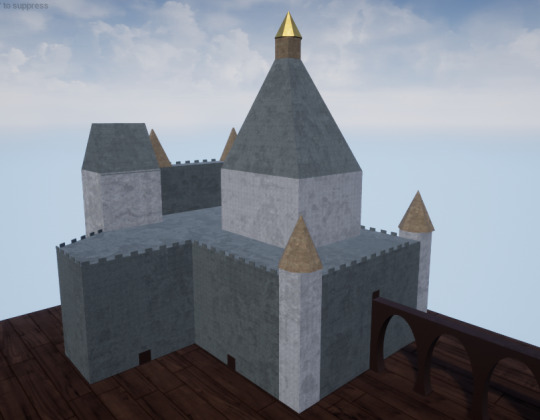
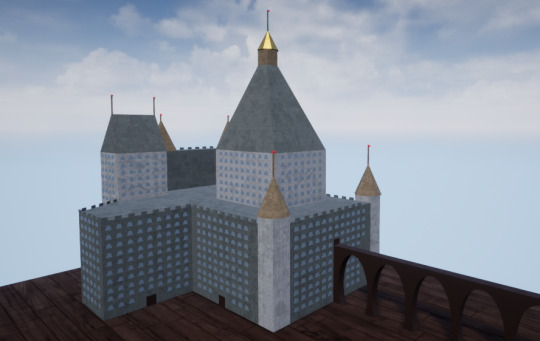
Converting to static mesh.

Importing into the environment -
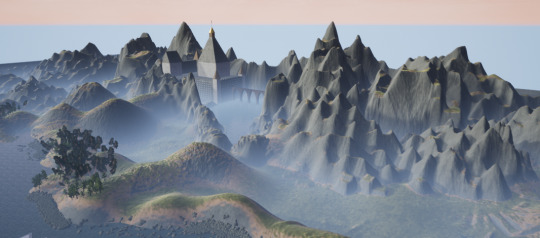
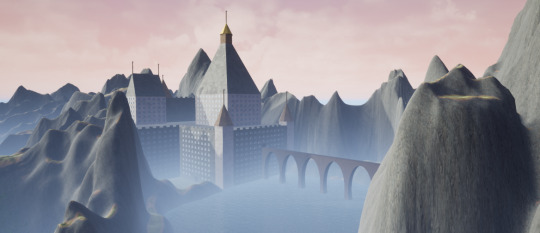
Images of areas from the final environment -
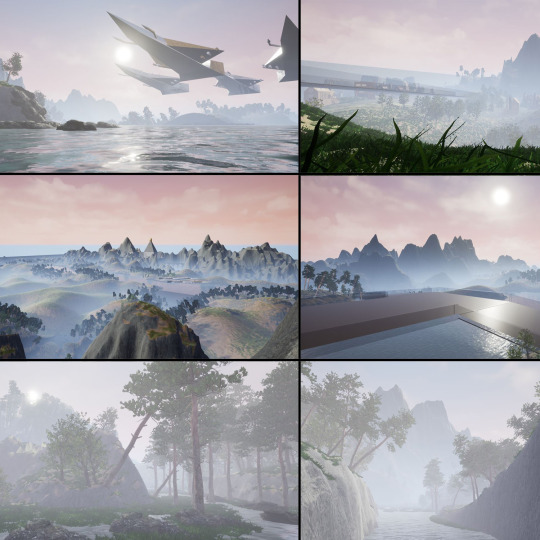
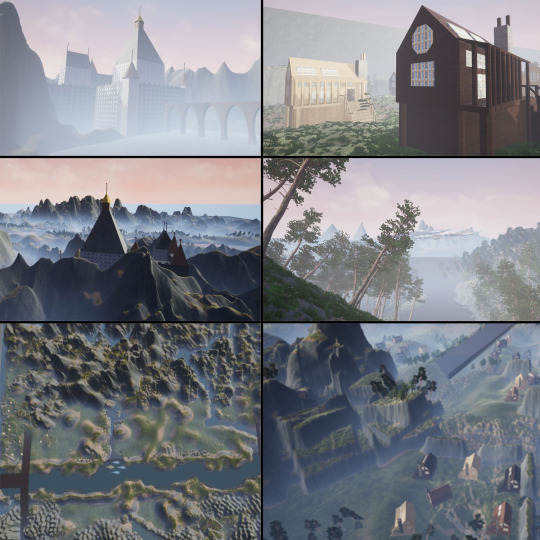
Since I planned to record my environment I looked at how different 3D environments were recorded to give me an idea of how to record my own. I liked this map reveal showing different heights through the perspective of multiple cameras.
youtube
Recording the journey sequence throughout the environment in Unreal Engine using the matinee settings.
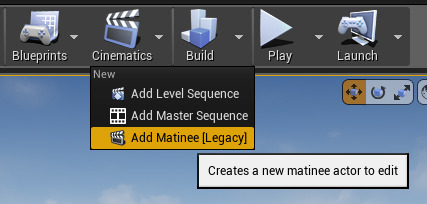

I also decided to record different sequences of areas which I thought needed to be highlighted as they wouldn’t get much film time if the environment was just recorded in one continuous journey. I would add these different short recordings between the journey so it remains interesting.
Unfortunately, during the main journey recording in, the camera kept rotating itself between two keyframes which I couldn’t fix even after replacing the keyframes multiple times. To get over this issue I thought to just replace the moment when the camera did this with other recorded sequences.
The video below is just the journey recording so the error is still visible at 1:02.
youtube
The rest of the recording sequences in the form of just one video since Tumblr doesn’t allow more than 5 videos to be embedded into one post -
youtube
After Effects -
I used After Effects to trim down the footage and make the files smaller by exporting them as a Quick Time H.264 format which changed the total size from 7.28 GB to 2.21 GB.
Premiere Pro -
Premiere Pro was used to put the separate recordings together, change the pace and change other visual aspects such as the colour grading, the tint and the contrast to make it look more professional.
Putting the clips together -

The clips were put together by placing them next to each other on a timeline and adding blend effects so that the transitions would be smooth.
Changing the pace -

The pace was changed by right-clicking on the timeline, going to “Show Clip Keyframes”, then “Time Remapping” and selecting “Speed”.
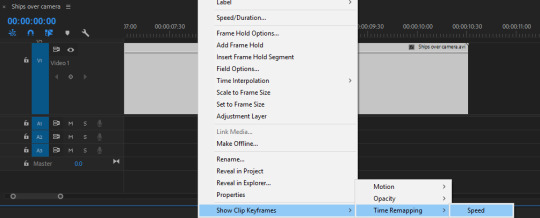

I then used the pen tool to select certain times of the footage I wanted to change.

And either lowered or heightened the cutout area to change the time.
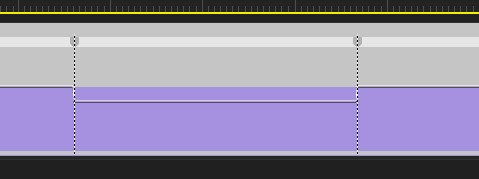
Changing the visual aspects -

I changed the visual appearance by going to the colour options

And changing the settings on the right.
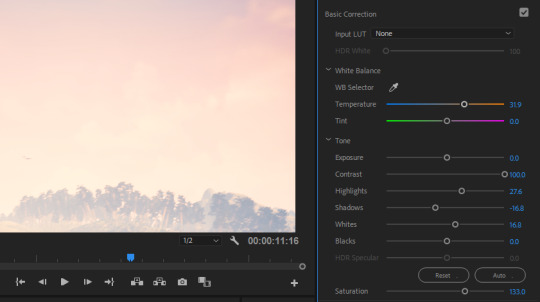
Video so far -
youtube
More After Effects to add audio -

I first imported the music I wanted to use then placed it on the timeline, I then added rainforest sounds and used keyframes to fade in and out the sounds depending on where the camera was in the scene.
Final video -
youtube
Final video on Behance - https://www.behance.net/gallery/81319421/3D-Unreal-Environment
Evaluation -
Successful?
I would say that this project was carried out successfully as I think the animation looks interesting throughout the whole duration in terms of motion and colour. The cameras showing the ships going over the water (from 1:21 to 1:27) in my opinion looks especially impactful as the combination of the two shots made it look more professional and thought out.
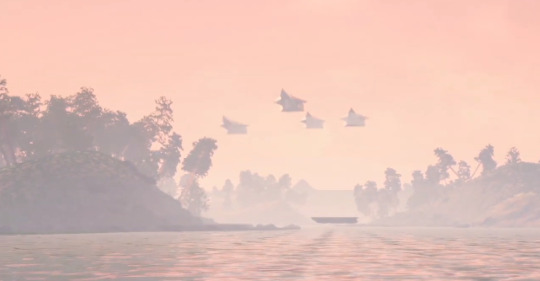
However, I think I could have done a better job when using the foliage tool as some of the trees are at unrealistic angles.
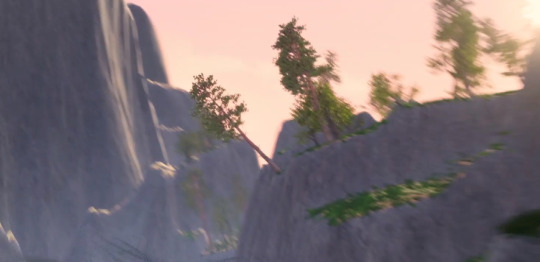
The mountains could also have been sculpted out more using the hydration tool to make them appear less rounded and natural.
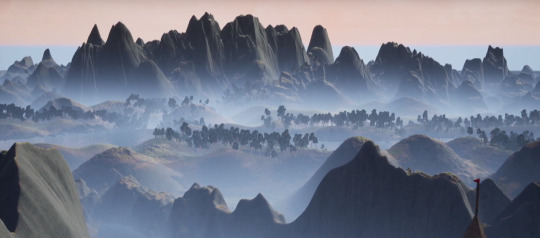
What skills have I learned?
During this project, I have become a lot more comfortable with using Unreal Engine in general. Including how to distort and manipulate geometries, how to align panels of objects, how to experiment with material appearances, and how to record and render without external software such as OBS.


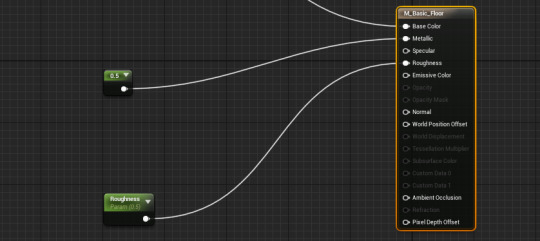
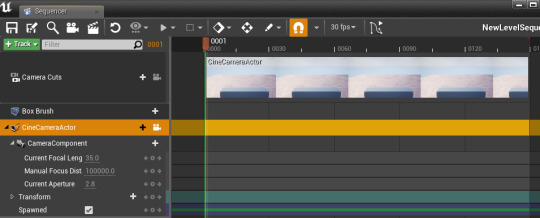
Regarding areas outside Unreal Engine, I have learned other things such as how to create my own raw materials and textures in Photoshop, and how to blend and edit videos to a much better degree than what I could before in Premiere-Pro.
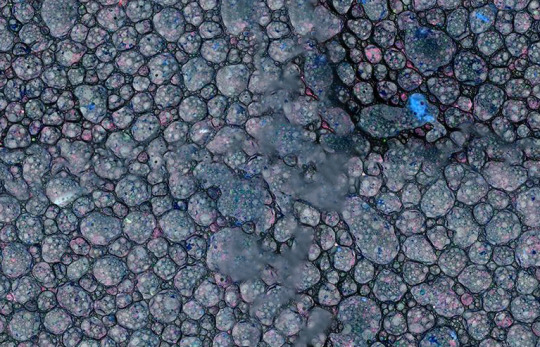
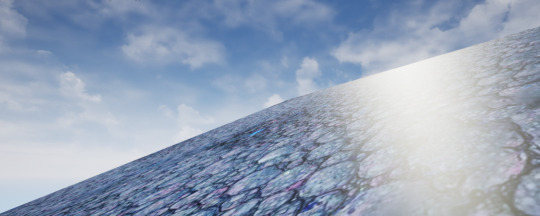
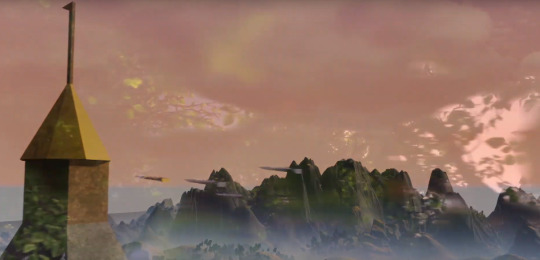
What went well?
During this project manipulating the shapes in Unreal went well since this was easy to pick up and allowed me to create objects and looks which I couldn’t create before.
Another thing that went well was the recording stage in Unreal as it was, in my opinion, entertaining to carry out due to how I could control the motion and the perspective of the camera allowing me to be more specific with what I could show and how it would be presented.
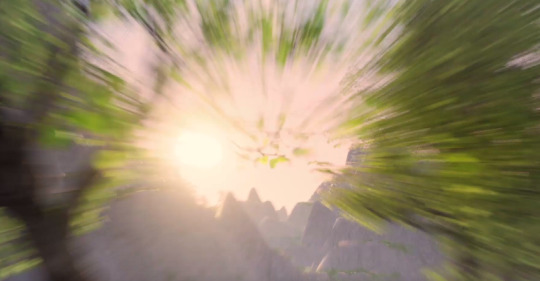
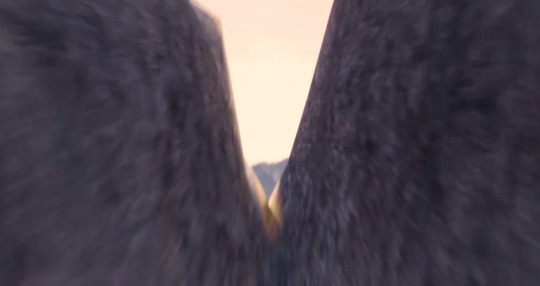
What didn’t go so well?
One thing that didn’t go so well was that making the size of the environment so large caused vast amounts of foliage to be added and therefore created lag which strained the computer and showed in the final rendering of the video.
Although the texturing and materialising for the mountains looks decent, I think it could have looked a lot more realistic with overlapping the textures and having less consistency.
After reviewing the final animation even more, I noticed that the camera seems to appear sharp and jittery in areas where too many keyframes were added, this causes the flow of the animation to be halted for a brief moment causing the viewer to be taken out of the journey through the environment.
What I would do differently next time
Following on from the point made about the jittery camera movements I think next time I would have to try and use less individual keyframes within short durations.
In addition, when looking at my environment from a higher perspective like shown at the end of the video, the horizon line is flat causing the piece to look smaller than what it actually is as well as it looking unfinished and obvious that the landscape is computer generated. So, to fix this for next time, I could make the landscape larger and sculpt the horizon line or I could create or find a landscape image which blends into my environment background like a matte painting.

0 notes
Text
How to create colourful worlds that tell a story
Imagined scenes that leave you with a sense of wonder make you want to find out more and see what’s just around the corner. Good world building is all about gathering up enough information for you to discover the story inside a composition, and become immersed in it.
When drawing and painting a world, ask yourself how the world functions, the relationships between characters in it, and the overall mood and feel you want to set. This allows you to logically and organically develop the story and design. How does the air taste? What can you hear? How do characters get around? Defining your image with subtle rules gives it some authenticity and life.
This piece captures the life of someone living in a quirky cliff-top home that overlooks misty, expansive plains. The environment has a sense of personality, spring freshness, and calm, and a cohesive visual language. Through seeing the thought process behind this image’s creation, you’ll gain an understanding of how to build stories in your paintings.
01. Throw down shapes
Find inspiration in shapes and colours to get things going
Gather references that inspire and interest you, to use as a visual anchor to refer back to during the painting process. Also consider the mood and theme of the scene: if you want it to feel fresh and bright, throw down shapes using dawn colours such as periwinkle blue and pale yellow. This part is always a mess, but it’s worth it.
02. Define story through line
Add the details that tell the story
Now you have a rough stage, start to tell the story. Working over the top of the thumbnail, consider where you want this world to be set. This scene is high up in the mountains, clouds drifting far below, with a house organically built into trees. To imply the mechanics of daily life here, I added in a couple of delivery aircraft.
03. Introduce rough colours
Use colours early to bring ideas to life
Work with what gives you the most inspiration. I put in more colour pretty early. Although many people work in greyscale initially, I find it holds my imagination back and leads to fewer happy accidents, so I play around with colour combinations and look for exciting contrasts – like the coral orange of the gestured-in rooftops.
04. Streamline your image to help with the painting process
Set the scene with item placement and a sense of space
Expand and reduce the detail in your image until you find a balance you’re happy with. Define the planes of the environment a little more clearly so that it gives your brain the mental breathing room to process – too much information is overwhelming. It’ll also enable you to clean up your lighting to get the mood you want.
05. Identify your setting
Create solidity with your selection of scenery
Good world building means the materials and environments should be in keeping with the story you’re trying to tell. I want this place to feel safe and secure even though it’s high up and precarious, so I bring in deep-rooted trees and moss-covered rocks to make this location feel like it’s stable and has been here a long time – and it won’t go anywhere fast.
06. Develop focal points
Achieve cohesion through repeating shapes
Repeating shape language throughout an image makes it cohesive, so when I create the ship silhouettes, their design is influenced by the shape of the rooftops and greenhouse bubbles. The ships transport plants around in a whimsical way, which will require sunshine and water. I also add details like airbrakes and a rope ladder, for practicality.
07. Carve away
Carving shapes with brushes for focal points
When rendering I’ll create shapes and then carve into them with textured or square brushes, defining sharp edges that create focal points. I do this especially for grass trims around cliffs, or on craggy rock formations. Because of this I rarely use lots of layers, preferring the organic approach of painting over forms before erasing them.
08. Flip your image
Change the perspective with a mirror image
A trick as old as the invention of the mirror, but flipping your image to check its composition is wholly necessary, as it’s a great way to pay attention to your little quirks of drawing. I tend to tilt my compositions due to the hand and angle I draw with, and thus the composition can slide off the page. I darken the rocks in the corner and pull the foreground cliff edge up to balance the image.
09. Get into the details
Make a house more of a home
Now it’s time to make this world feel personal, I ask myself how the inhabitants would decorate their treehouse. In my mind they grow mountain flowers for sale, so I dot baskets around outside and fill the ‘bubbles’ with foliage. Those rooftop platforms would experience lots of rain, so I cover them in plants, too. There’s so much beauty to be found in messy details – make use of it.
10. Make changes where necessary
Move things around until it feels right
Don’t be afraid to drastically change your composition if it isn’t sitting right. Here, I need something that balances out the bottom left, and the combination of the house and the airship is getting too busy. I use Free Transform to move the ship, and change its colour palette to the white of the clouds and the pink of the roof tiles, which connects it more to the scene.
11. Consider verticality in the scene
Use tools to help bring a sense of depth to the setting
The two ground planes are sitting at the same height, which makes the image dull to look at and doesn’t communicate scale well. I increase the airship size even further and use the Free Transform tools Perspective and Skew to warp the bridge into an angle that implies downward traversal, which then pushes the mid-ground down and back.
12. Add figures for scale
Indicate scale by adding a figure
Adding figures is a universal way to communicate scale to a viewer. I gesture in an airship pilot with a thought to what they’re doing; I want this piece to capture a relaxed moment during a routine morning pickup. When adding someone to a piece, their posture is the most telling thing about their character. I act out this pose to achieve the exact, unhurried vibe I want.
13. Hint at a story and raise questions
Inferred relationships between figures adds to the story
I add another figure to provide context as to who lives or works at the treehouse, but also to imply a relationship between the two figures. Raising questions is the best way to pull a viewer into a scene. What is the nature of their relationship? Do they have a history? The over-the-shoulder glance implies a bit of a crush, and that’s a cute detail I can’t resist.
14. Polish the composition
Let compositional flow lead the viewer on
As humans we naturally follow the eyeline of other people, so I have a pleasant compositional loop happening through the pathway and the gaze of the figure in the distance. I emphasise that loop by adding airship contrails, which has the added effect of implying there’s a bigger world out there than just these two. That’s always incredibly exciting – just imagine what it could be!
This article originally appeared in ImagineFX issue 151. Buy it here.
Related articles
20 best iPad art apps for painting and sketching
How to use digital tools to create a hand-drawn look
6 manga artists to watch out for
This post comes from the RSS feed of CreativeBlog, you can find more here!
The post How to create colourful worlds that tell a story appeared first on Brenda Gilliam.
from Brenda Gilliam https://brendagilliam.com/how-to-create-colourful-worlds-that-tell-a-story/
0 notes